Text
Critical Annotation
In looking back at this dossier, there is an evident shift that is obviously related to the shift in my pursuit of what I was photographing during the semester. At the outset, I was primarily concerned with more conceptual works, less representational art, photographs that strove to eschew definition or be pinned down in favor of their surface level being too peculiar to think too deeply about. I suppose in a sense they were more form photographs in their concern over showing how something looks photographed, but also they were completely anit-form, in that they relied on chance occurrences within a system and concept I had laid out. The work I was originally attracted to related to this, artists like Lorenzo Vitturi and Robert Rauschenberg who make something from nothing, interpreting it along the way and deciding what they want to say. But then, I abandoned shooting these conceptual photographs, and this was preceded by a couple weeks of lack of inspiration. Then all of a sudden I looped back to old stalwart inspirations like Jim Goldberg who’s book Raised by Wolves is one of my prized possessions. When looking over it one day and groveling about lockdown fatigue and being homesick I understood in that moment that I needed humans, to photograph humans, and to connect with humans again if I were to ever get out of the blocked up weeks where I did not shoot or do much research or learning at all.
In hindsight, it can be seen that the shift was evident, just not evident to me at the time. My posts go from work that is so close to the work I want to be making, to all of a sudden having little relation to the work I was making but being more inspirational of what I wished I was doing, then as I decided what I wanted to change to and photograph formal portraits, I was all of a sudden faced with an overwhelming number of influences, as classic portraiture has been practiced since the moment the camera took a picture. It is here that I began to see that the biggest theme across my dossier, particularly in the latter two-thirds or so, is the pursuit of an understanding of mimesis. Mimesis didn’t click in my brain during the lectures, but as I read and photographed more with it in my mind, I began to unpack it a bit. I realized that the photographers I was most attracted to operate in very mimetical modes, blurring the lines between truth and fiction, representing people and stories that catch your eye and make you ponder what you see, but don’t quite know why. Artists like Gregory Halpern became increasingly more important to me, as his pursuit of photographic representation of a place is paramount in his work. I think that representation of a place is a massive theme in my dossier as well as my desires as a photographer in my work documenting portraits of strangers during the covid lockdown. How do you embody a place without relying solely on symbols and signs, incorporating them perhaps, but also letting the overall feel of a series of images inform the viewer in a way that standalone shots cannot do. Moving forward, I think I will work with mimesis, and anti-mimesis, in my mind for a long time while I shoot portraits, trying to strike the balance between representing somebody, imitating a version of them, and imbuing what I want to say into the picture as well as the author.
0 notes
Photo


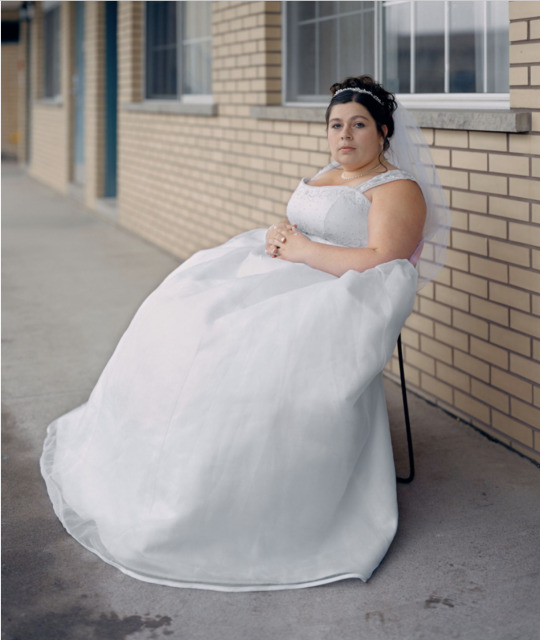
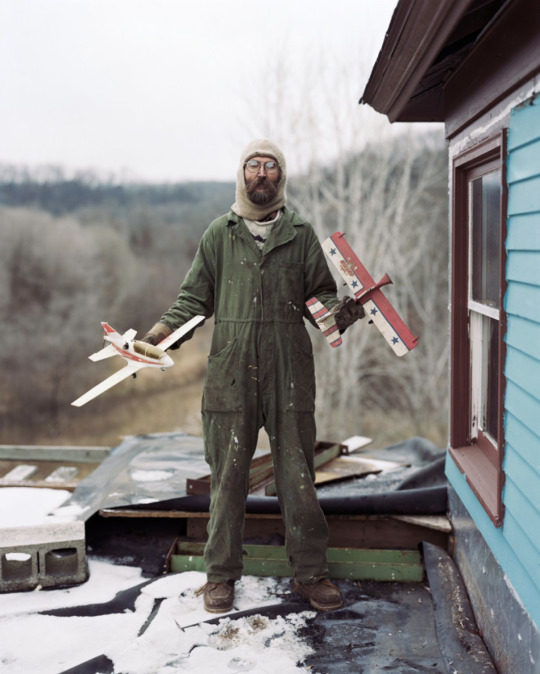
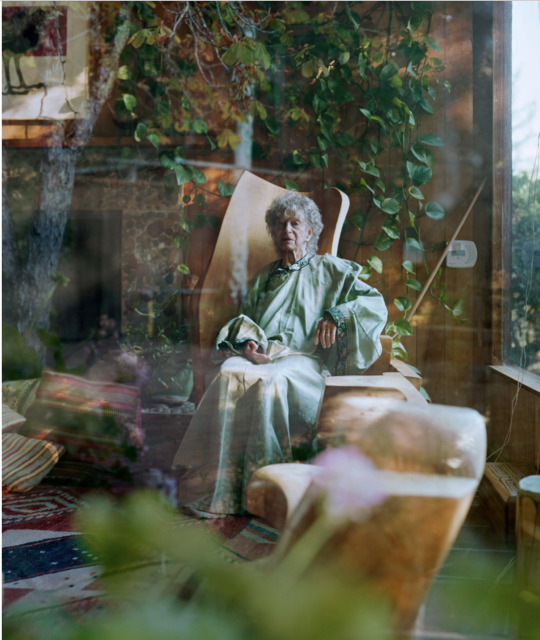
Alec Soth
Alec Soth represents everything I strive for in my portraiture. Diverting my project from a more conceptual based pursuit into a “classic” portraiture project is completely new territory for me as a photographer. I have been paid to photograph people for editorials and assignments, but hardly ever for my own interests. It is a terrifying and exciting challenge.
What I appreciate about Soth is his ability to portray people as completely in their own skin, quite comfortable, and expressive of themselves. Having your portrait taken is nervewracking, as is taking a portrait. Even the verb “take” is intimidating, like the Native American attitude toward early colonialist photographers of thinking that having your picture taken equated to losing or giving away a small bit of your soul. The last thing I ever want to do is keep a part of somebody’s soul, but I would like to enshrine and immortalize in film a depiction of some small part of their soul, something I think Soth does so well.
In thinking of recent lectures, my original understanding of Form and Anti Form was incorrect, I was relating Form to Formality, rather than understanding Form to be the base elements that make up an art or a medium. It was awakening to understand that form in art and photography is more about the form of photographs themselves, the physicality, the print, the emulsion, the experience of photographs being physically created. However, I still do relate this to Formal photography and formal picture making, formal portraiture etc, because it boils down the pursuit of making an image into its simplest form, the desire to depict something that you see in the most honest form possible as simply as possible using the available tools.
https://www.creativeboom.com/inspiration/american-photographer-alec-soth/
0 notes
Photo
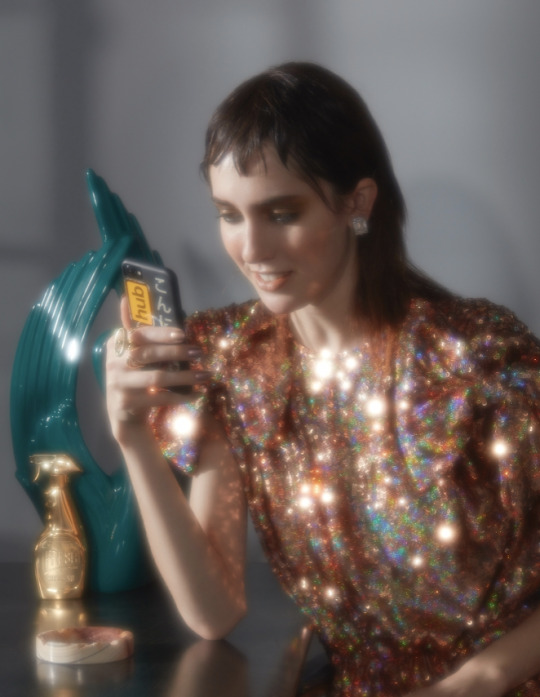



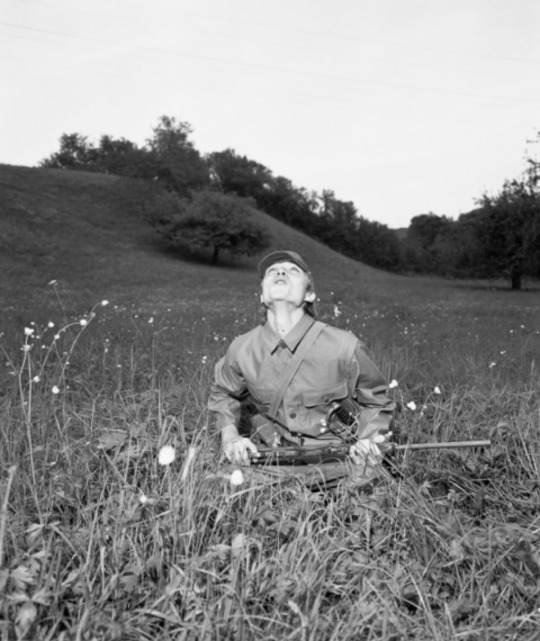
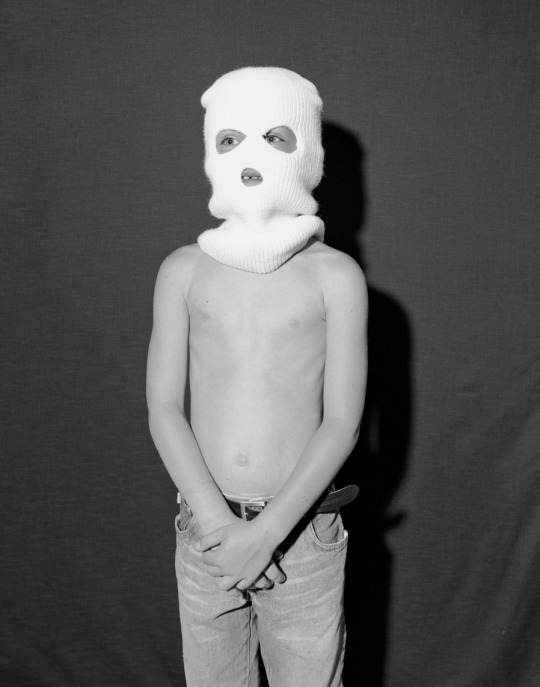
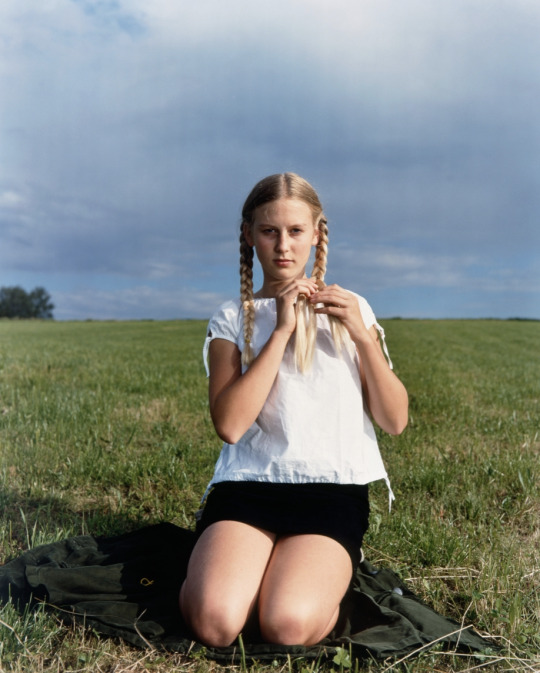
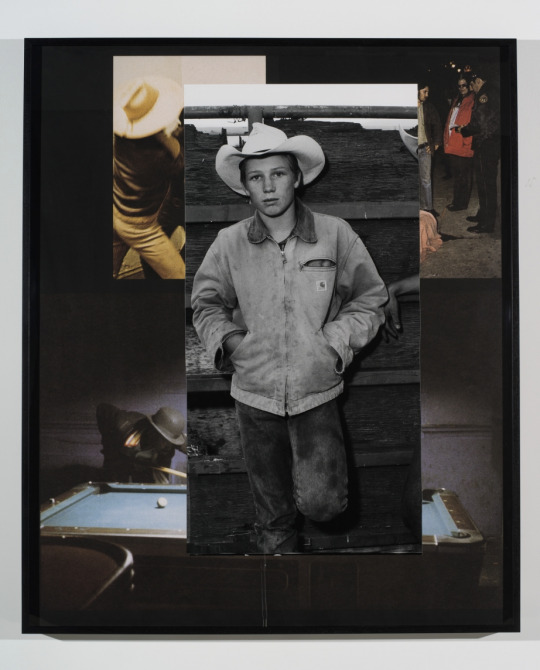
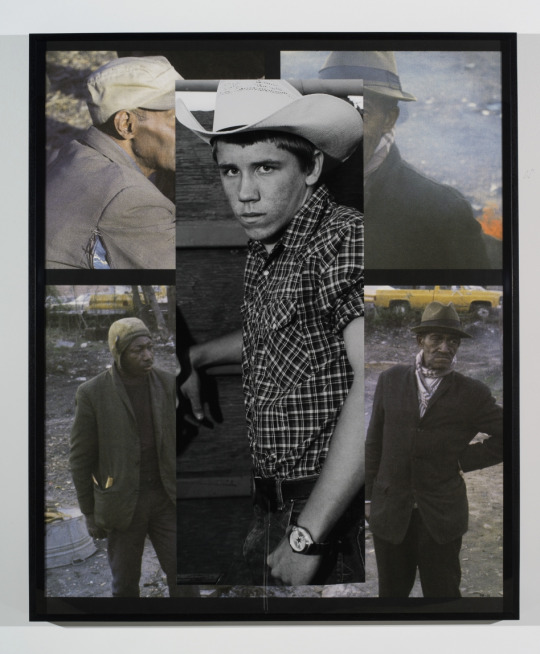
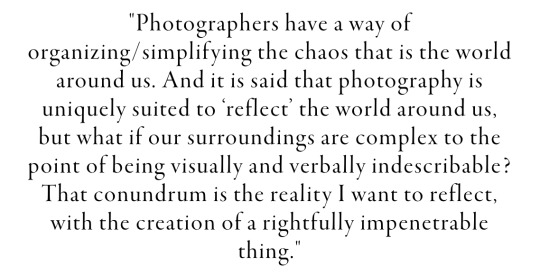
Roe Ethridge and Collier Schorr
Two contemporary photographers working in post modernist ways that I relate to and am very attracted to. Not unlike Halpern and Parlato, Schorr and Ethridge occupy a space that is between document and fiction, truth and fakery. However, Schorr and Ethridge both cross over into making commercial work for hire while also being considered photographic artists worthy of gallery representation. This inspires and attracts me as it is a similar path I desire to follow as a photographer. Again the idea of mimesis comes up, surprisingly, because at the time of the mimesis lecture I couldn’t really grasp onto it, but i’m increasingly seeing it as a more and more undeniable element of photographic practice.
Ethridge, Roe. 1987 - Present. Various Photographs. Photographs. https://gagosian.com/artists/roe-ethridge/
Schorr, Collier. 2008 - Present. Various Photographs. Photographs.
0 notes
Photo
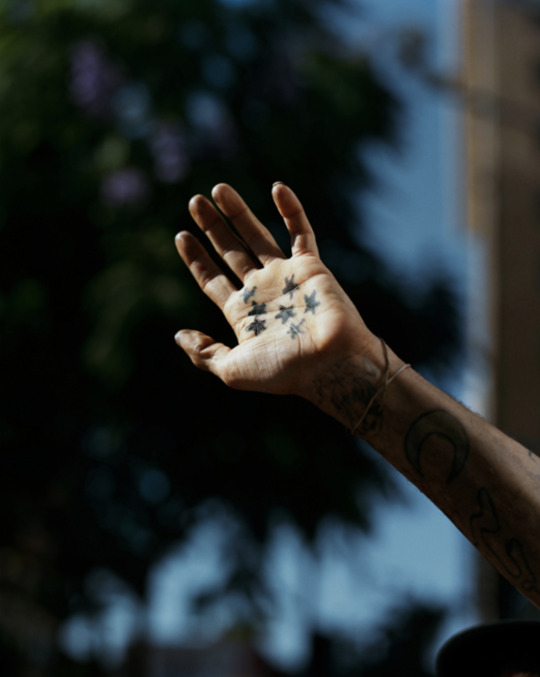



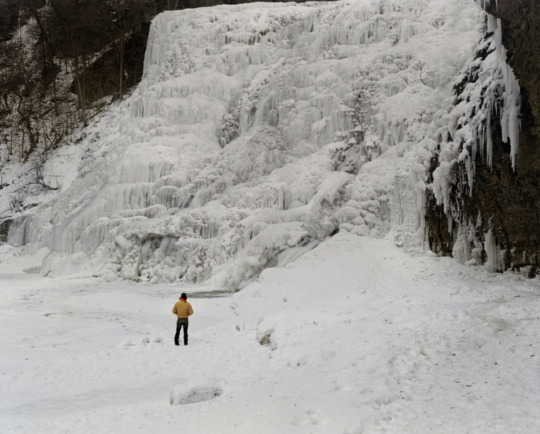
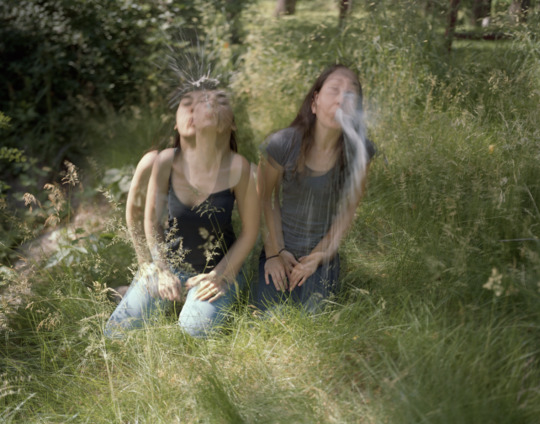

Above is the work of Gregory Halpern, as well as of his wife Ahndraya Parlato, who I discovered only recently while researching Halpern. They have highly complimentary work while remaining distinctively different. What I do appreciate about both of them is the ability to weave together images that feel interrelated, while not explicitly trying too hard to tell a story outright. In relevance to recent lectures, Parlato’s images do have a feminist feel to me beyond being made by a woman and often being images of women as well. After ruminating on the lecture as well as the class discussion that followed, my main takeaway on defining what may qualify as feminist art is that feminist art and the people concerned with making it are far more aware of their place in the world and their physical being than that of men. There is a heightened sensitivity and sense of place, but there is also a satisfying nothingness to both Parlato and Halpern’s images. Perhaps it is my contemporary millennial mind that so comfortably digests meaningless streams of images and data, and I know I’m not putting into words well enough an academic way of describing how or why seemingly unrelated images can form a cohesive series and mean something, but they do for reasons I am still unpacking. There is very little out there on post documentary practice in photography, but these photographers both feel very post documentary in their look and feel and it is something for whatever reason I am resonating deeply with.
Halpern, Gregory. 2016. ZZYZX. Photographs. http://www.gregoryhalpern.com/zzyzx.html
Parlato, Ahndraya. 2016. A Spectacle and Nothing Strange. Photographs. http://www.ahndrayaparlato.com/asns.html
0 notes
Photo
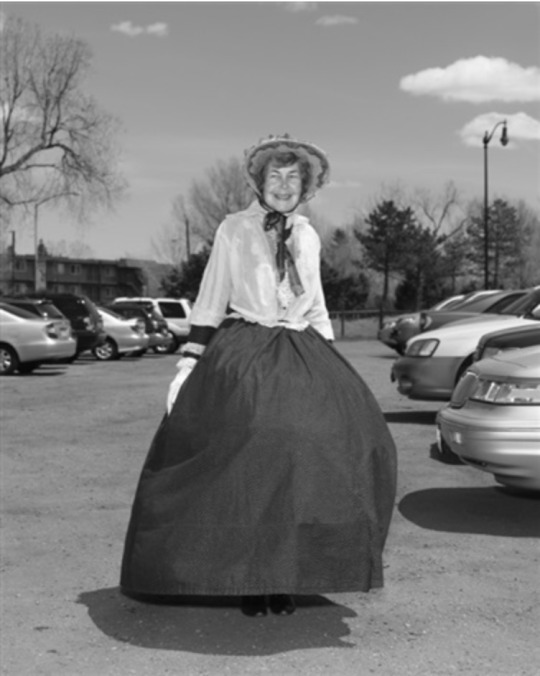



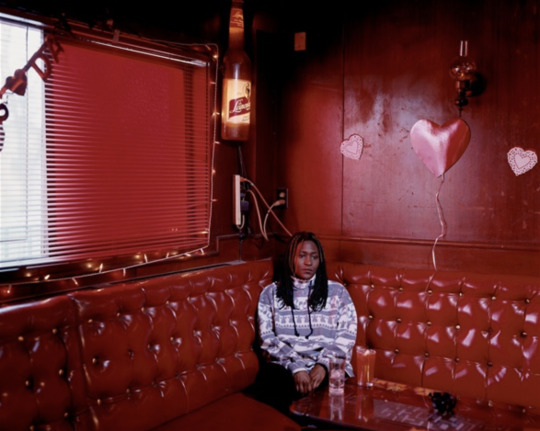
These are the type of photographs that interest me. I’m not sure if it is because I am homesick, but images like those of Alec Soth are what I aspire to create and am inspired by. The previous half semester’s attempt at creating esoteric contemporary photographic art in studio and out and about felt too forced anymore. I need to conceive of a way to be able to make work about humans in a time when we are not allowed out of the house for more than an hour. I hate taking photographs of people in masks. I know it is an important signifier of our times, but I do not want to look back at my archive in 30 years and see a bunch of masked pictures. For this reason, I have to figure out a different way than out shooting in public off the cuff, it has to be a more considered approach.
Alec Soth embodies that post documentary feel that I lean towards. I see it as relating quite strongly to Paul Graham and Gregory Halpern, two photographers working in similar modes. Their work always feels perfectly vague while also incredibly poignant and telling of a place, there is always a feeling of place. In the next post I will share some of Halpern and Graham’s work.
On a side note, I love the nod to Eggleston’s red lightbulb ceiling image in the last image of Soth’s in this post. The two photographer’s feel very historically connected in their interpretation of the American landscape and its inhabitants.
Soth, Alec. 1999-Present. Photographs from various projects. Photographs. http://www.artnet.com/artists/alec-soth/4
1 note
·
View note
Text
I’ve realized I can no longer complete this project for the semester in the way that I want to. The work has become overly laborious to produce and no longer fulfills me in any way, it feels like a chore. Perhaps it is Covid lockdown exhaustion, but I cannot pursue the project in the way that I would like to any further.
I want to photograph humans, which is difficult to do given the times, but I feel that the work I am making devoid of humans is also devoid of any intrigue, and rather than attempt and force myself to make it intriguing, I will be seeking a new direction
0 notes
Photo
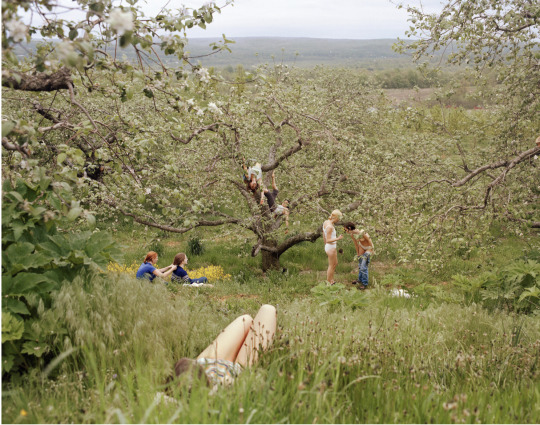
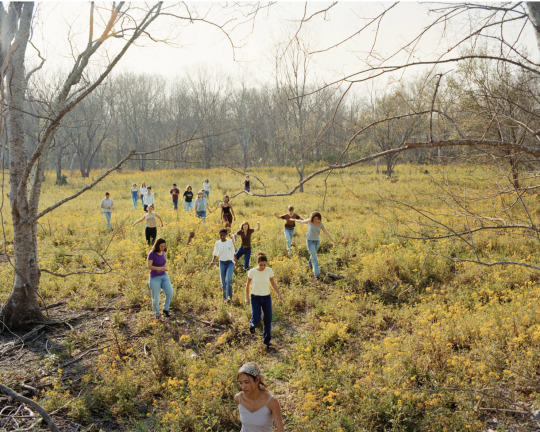

While attempting to unpack the meaning of mimesis and realizing that it is a quite inherent part of any photograph making activity, I kept coming back to Justine Kurland’s work. If mimesis is a copy of life, then photographers like Kurland are the essence of mimetic work. She quite literally recreates life in pictures that are staged to look like life. Almost a simulation of a real event that becomes a real event in its own right. This thinking lead me to Simulacra and Simulation, a philosophical idea that I can barely understand but do see a connection to mimesis, as they are both concerned with representing life, which ties very strongly to photography and its desire to depict life, or some version of it. In the idea of Simulacra and Simulation by Jean Baudrillard, he posits that we are in contemporary life just living in a series of copies of copies of copies of reality and are so reliant on symbols and codes and signs that we are actually divorced from reality itself, instead experiencing life through a series of simulations. This is a paramount concern for me and any photographer, especially in the current era where the truth behind anything, photographs, speeches, governmental decrees, the news, etc, is all questioned for its authenticity at every turn.
Kurland, Justine. 1997-2002. Girl Pictures. Color Photographs. https://aperture.org/featured/justine-kurland-girl-pictures/
1 note
·
View note
Photo
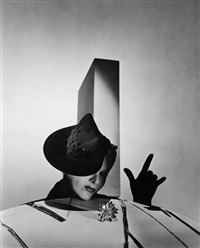

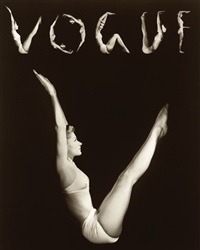
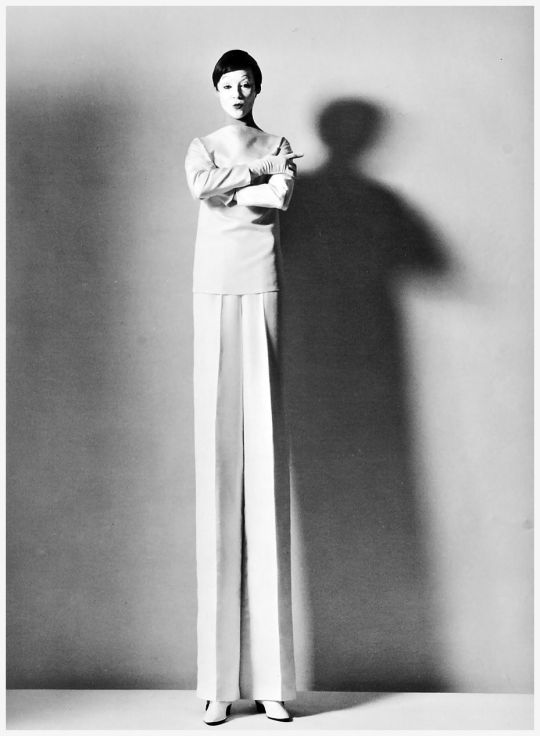

I have now reminded myself of Horst P. Horst, another German photographer working around the same times as Erwin Blumenfeld. Operating in similarly surrealist and dadaist modes, Horst blurred the lines between fine art and fashion photography.
P. Horst, Horst. 1930′s. Studio Photographs. Silver Gelatin photographic prints.
http://www.artnet.com/artists/horst-p-horst/
0 notes
Photo
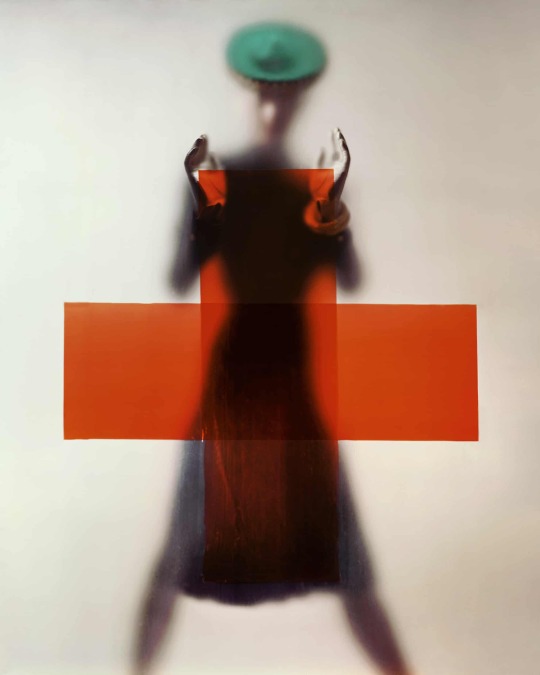
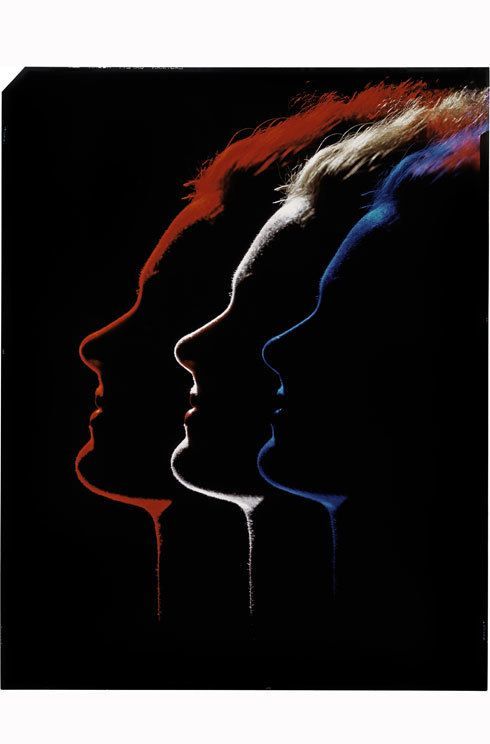
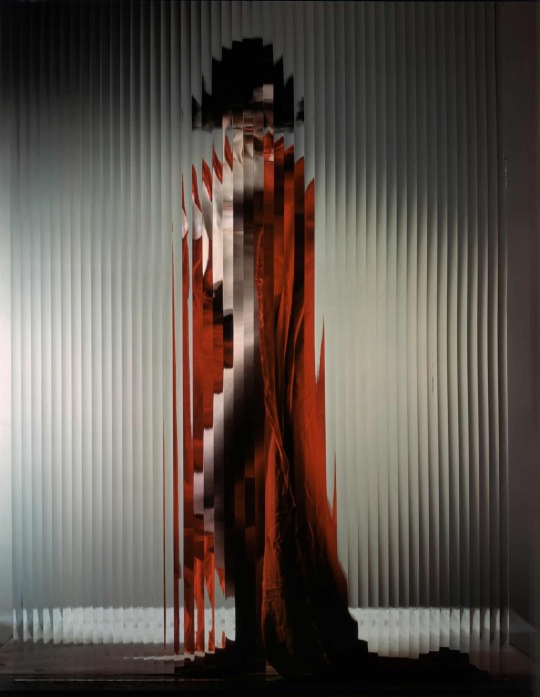
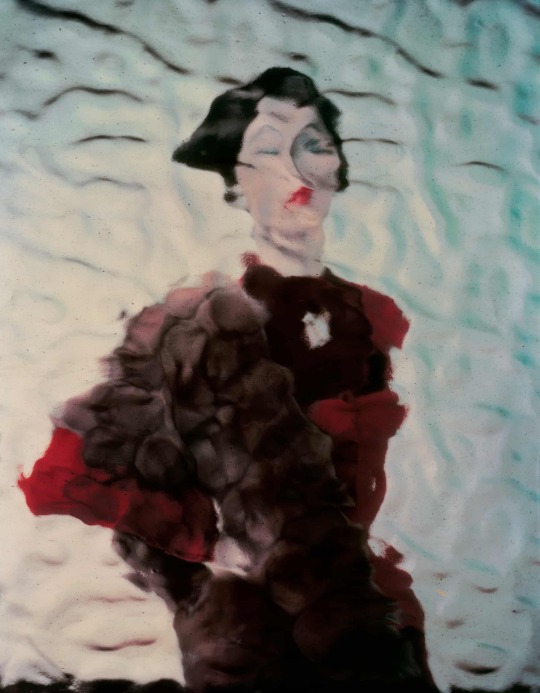


Researching Erwin Wurm reminded me of the only other Erwin I know of, Erwin Blumenfield. A German Dadaist inspired collage artist and photographer. In many ways, Blumenfeld represents the precise landing spot that I seek as a photographer finding my voice. His intersection of ‘art’ and ‘commerce’ or commercial photography is near perfection in my view. Particularly considering the fact he was creating this imagery in the 40′s and 50′s well before the internet, instagram, tumblr, or really any other source of inspiration beyond his own imagination. For that reason this images feel very genuine and authentic to me. Even though they exist to sell something and in some ways he is employing cheap photographic tricks to get the resulting images, the impact is undeniably there. In reference to the codes that we have been studying, I find that these images are special because while you could belong to the moneyed, fashionable elite who understand and know the codes to intuit exactly which designer may have made the dresses or gloves or jewelry being sold in these images, you can also approach them as a completely uninitiated outsider and find enjoyment in them purely for their visual effect.
Blumenfeld, Erwin. 1940′s. Photographs for Harper’s Bazaar, Vogue US, etc. Photographs. https://www.theguardian.com/artanddesign/gallery/2019/feb/20/smuggling-art-into-fashion-erwin-blumenfelds-high-style-in-pictures
0 notes
Photo
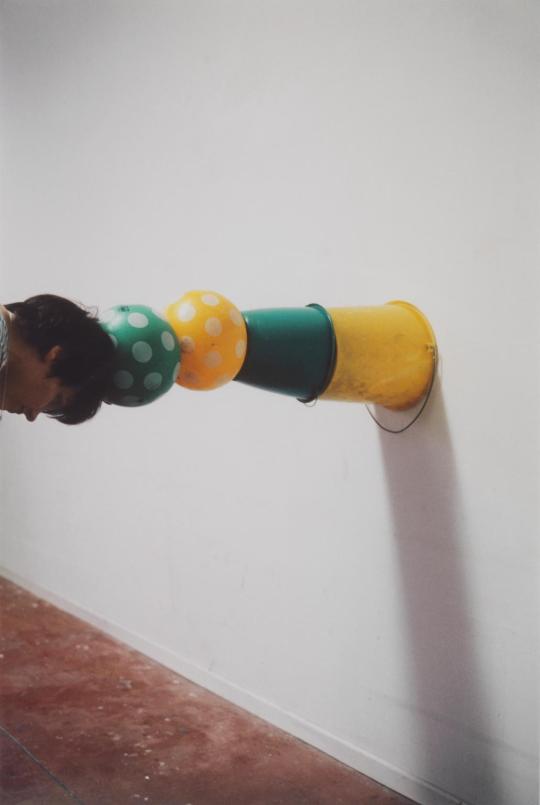
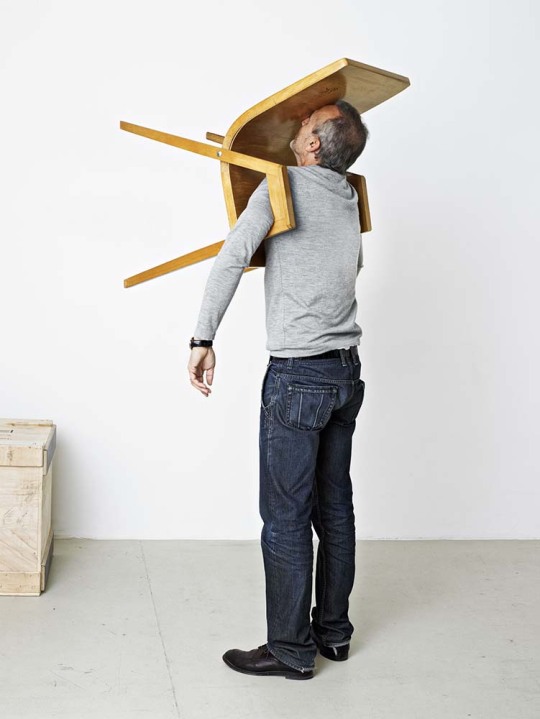

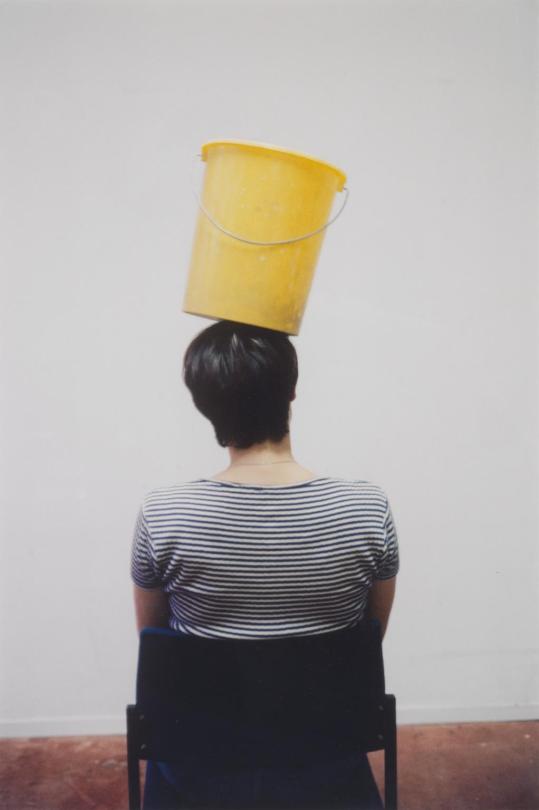
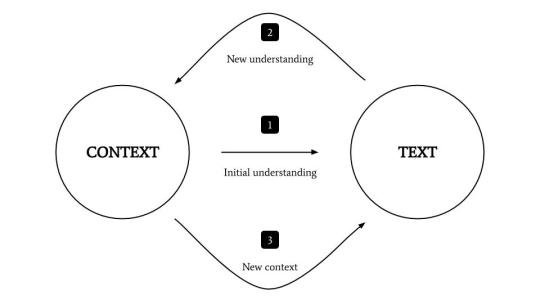
Not unlike the Baldessari video I chose as the header for this blog, Erwin Wurm’s One Minute Sculptures, performed and documented for over twenty years, are both simple and bordering at times on idiotic, while also being impactful and resonant pieces of art in their own right. I see a lot of crossover with this work and my own, as my studio and at home performances for the camera using objects I have scavenged in a Rauschenberg Combine like way are a version of a one minute sculpture. They are assemblages and performances for the camera that don’t often last long. I often debate between what is more important, the act of creating the sculpture, in both Wurm’s instance as well as my own or the resulting photographic artifact that remains well after the performance has concluded. To a degree, I think this could relate to hermeneutics, or at least my very basic attempts at understanding hermeneutics. Like in the loop graphic above, I find that the act of performing a sculpture for a camera that documents it to be saved forever creates a sort of hermeneutic loop where the piece and the context rely on one another to inform the viewer of a feeling or finished product. While the loop is concerned with critical reading, it applies to critically engaging with artworks as well.
Wurm, Erwin. 1996-2017. One Minute Sculptures. Photographs/Performances/Sculptures. https://www.erwinwurm.at/artworks/one-minute-sculptures.html
0 notes
Photo

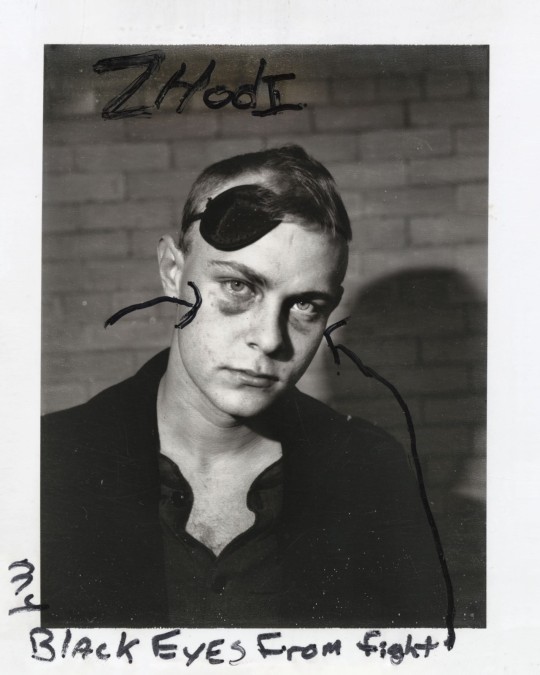

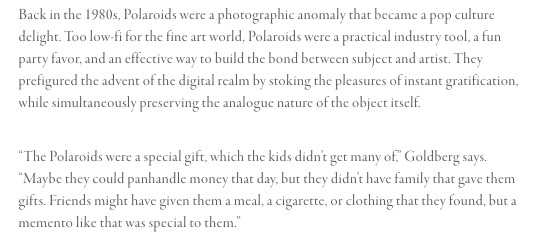
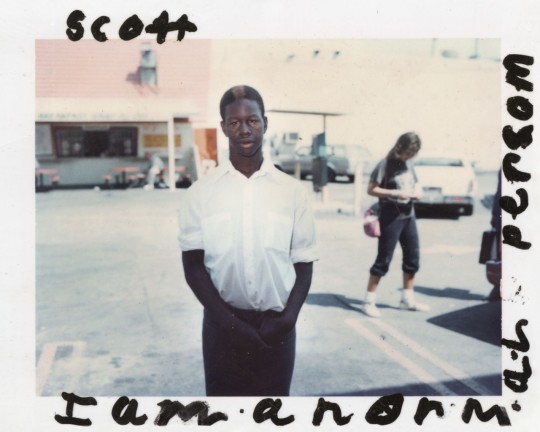
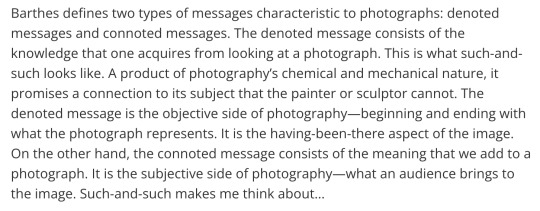
Struggling of recent to produce work, not sure if it is lockdown fatigue or being lazy or a combination. Inspiration is low, so I am revisiting projects and artists that are recurring in my inspiration and research over the years. Raised by Wolves, a photo project and eventual single edition book is a project by Magnum photographer Jim Goldberg, diving deep into the underbelly of California and the teens and young adults finding their way through life there from 1985-1995. Goldberg works within the notions of photographic representation to try and better represent the people he is photographing. Like in the Barthes quote above, Goldberg’s images denote young people living in various forms of squalor. But what they connote to me is so much more, he uses text in the margins, handwritten captions, scratches in the emulsion, the general beaten up wear and tear of the polaroids that probably spent days or weeks in his pockets, to convey the emotions, feelings, and experiences of the people he is photographing. I have never done a project even close to something like this, but it is a project I find myself revisiting over and over and over throughout the years.
Goldberg, Jim. 1985-95. Raised by Wolves. Photographs. Los Angeles, CA. https://www.magnumphotos.com/arts-culture/art/jim-goldberg-raised-by-wolves/
2 notes
·
View notes
Photo



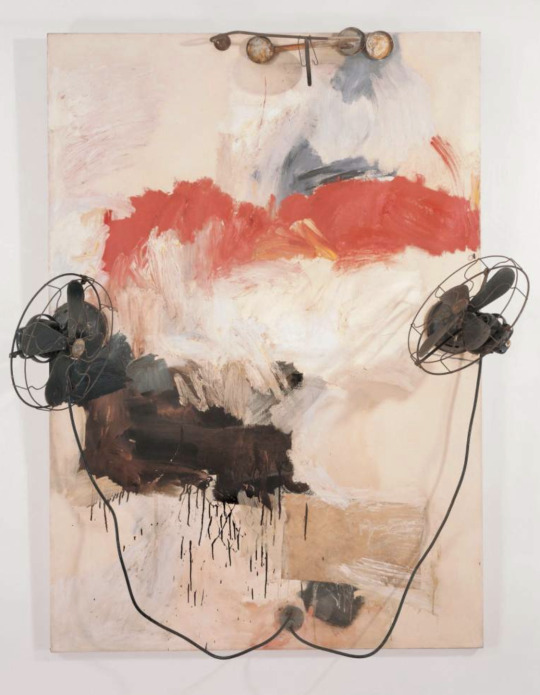
Robert Rauschenberg’s Combine paintings combine elements of painting and sculpture. Beyond finding these to be subjectively fun and intriguing works, they are important to my practice because they incorporate many similar practices to me, similar to the previous post about Vitturi. I am highly interested in collecting cast off, forgotten objects and ephemera and repurposing them for my own art making. This is not a new practice, but Rauschenberg really synthesizes it into something coherent and simultaneously crazy but also making perfect sense. I find comfort in knowing that other people in history can be found wandering around looking at the ground scouring for interest and specialty amongst garbage. Rather than scavenging for things of value to use for normal activity or to sell, scavenging for art materials out of discarded public stuff in the hopes of assembling it into something of meaning. As a side note, I find it comical that when citing these works it is difficult to find a proper descriptor for them, as they are such uniquely crafted pieces of art.
Rauschenberg, Robert. 1954-64. Combine Paintings. Mixed media sculpture/paintings. https://www.rauschenbergfoundation.org/art/galleries/series/combine-1954-64
0 notes
Photo
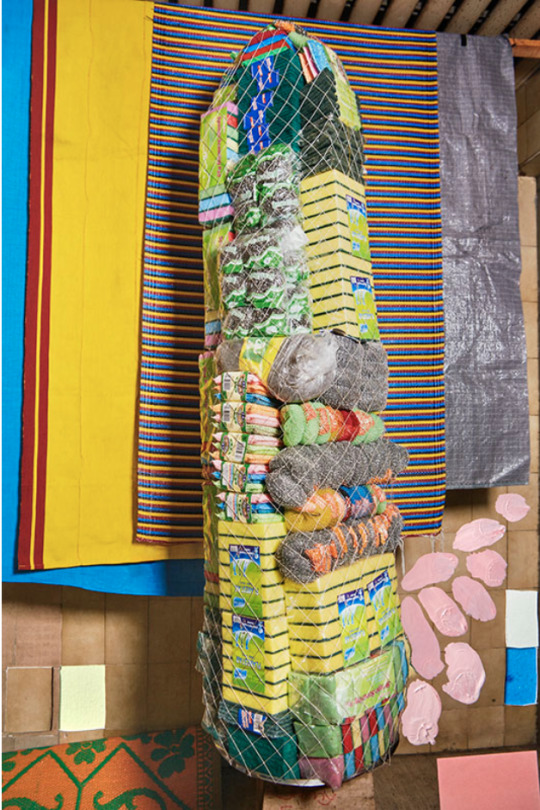
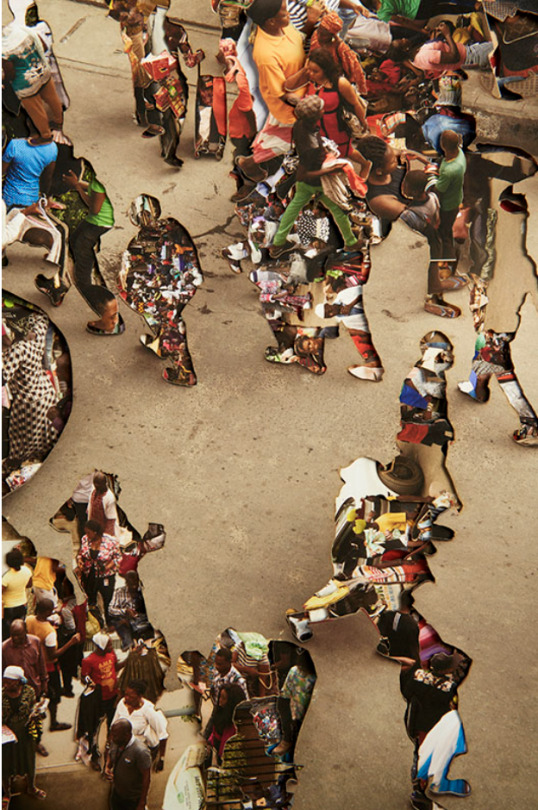



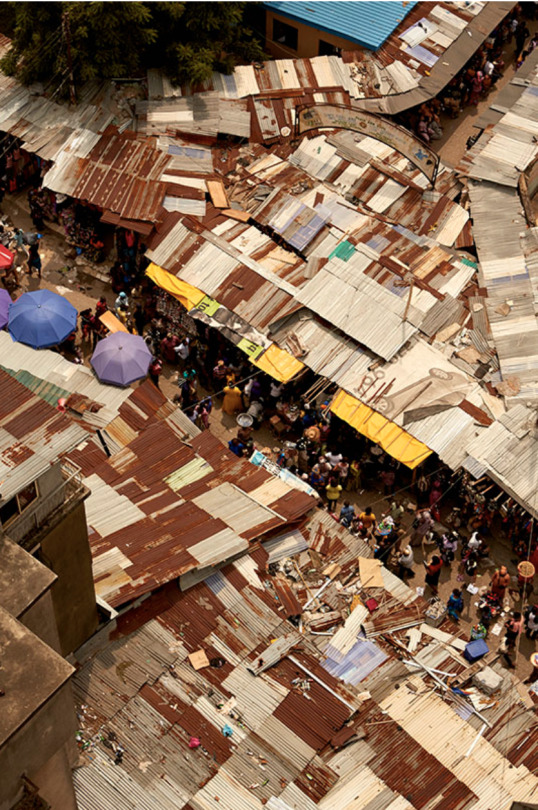
Lorenzo Vitturi is an artist / photographer from Italy who originally trained as a scenic painter. This is evident in his work, particularly in his project Money Must be Made. Vitturi is relevant to my practice at the moment for many reasons at the moment, most notably his use of found objects being repurposed into sculptural artifacts to be rephotographed in studio. If anything he is doing almost exactly what I want to be doing but in a far more complete manner. I see Vitturi as being concerned with semiotics in his work, particularly of symbols and icons. His work takes objects and ephemera from a market in Nigeria before hauling them to his studio in London and re assembling the scavenged market items, re interpreting moments and energies from the market now thousands of miles away, but still connecting very visually to images made at the market itself, forming a very seamless and cohesive body of work.
Vitturi, Lorenzo. 2017. Money Must Be Made. Web images. London, UK / Lagos, Nigeria. http://www.lorenzovitturi.com/money-must-be-made/
1 note
·
View note